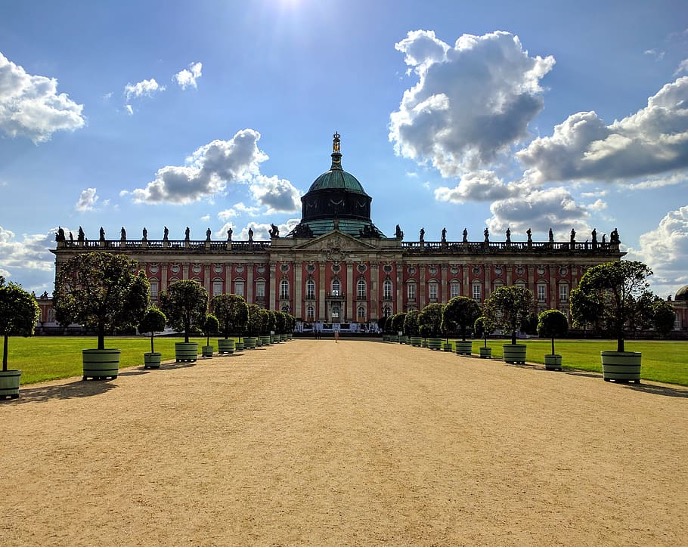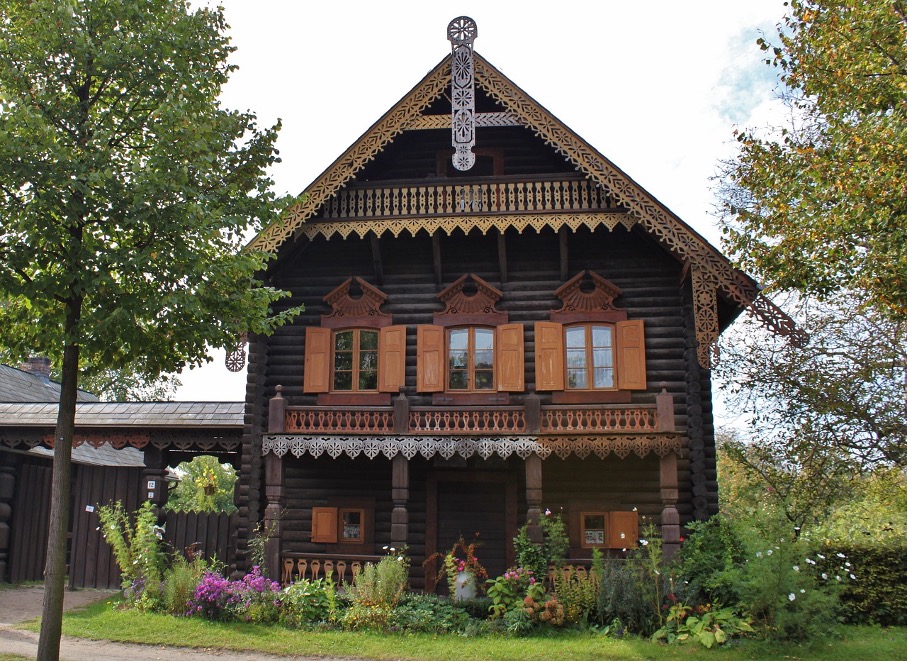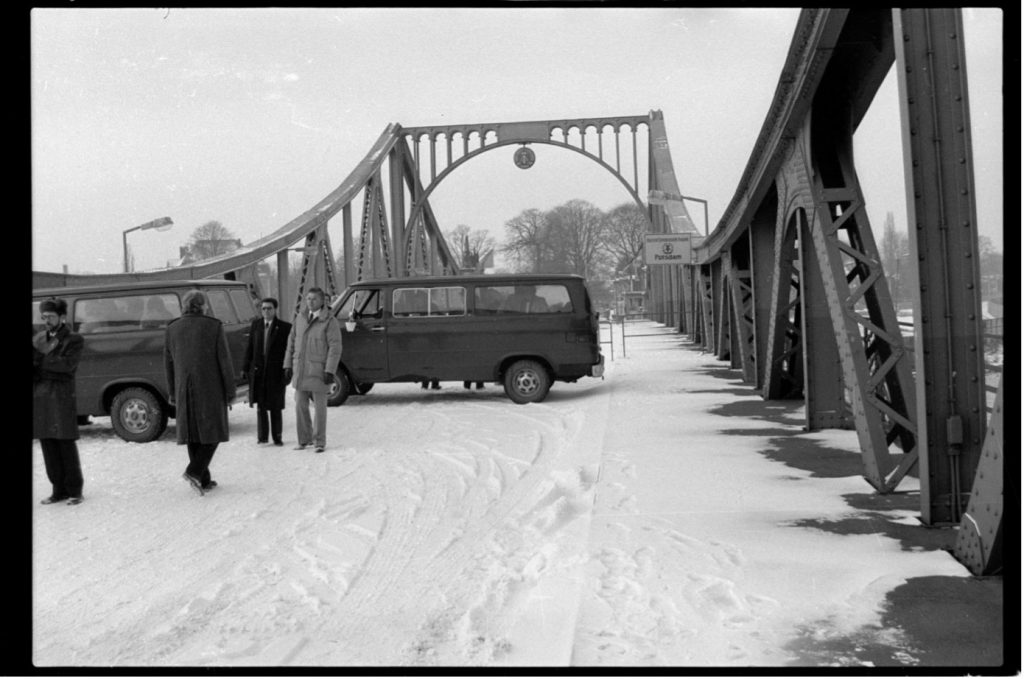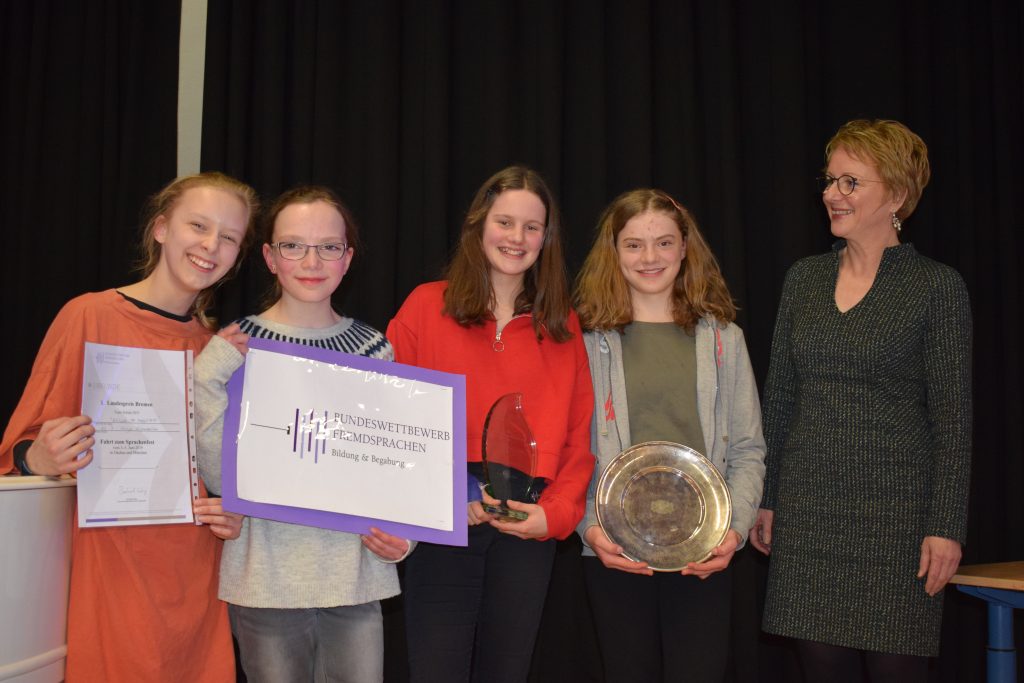
Is Potsdam really worth visiting?
Is Potsdam really worth visiting? That’s a question a few other people from my school and I give you an answer for because we went to Berlin on our course trip, together with the BILI course, and visited Potsdam on Wednesday, 7th June 2023. Have you have been to Potsdam or Berlin? If you have been, then feel free to write to me about your own experience! I’m curious to know about it.We took a suburban train from Berlin Ostkreuz station to the main station of Potsdam which took about 45 minutes. We walked around in groups of 5 in 28°C and permanent sunshine. The landmarks we visited were Alexandrovka, the Bridge of spies, the Dutch quarter and the little Brandenburger gate – which is in general just a smaller version of the one standing in Berlin by the way.

Our first stop was the Dutch quarter and upon entering the area south of the Kurfürstenstraße, visitors (including us) will feel like they have been transported to the Netherlands rather than being in the heart of Potsdam! The Dutch Quarter, also known as ”Little Amsterdam“, includes four squares and a total of 134 two-storey houses. The unique quarter is the largest one outside of the Netherlands enclosing Dutch-style buildings. The facades of terraced houses consist entirely of red Dutch brick with white joints. Some of the eaves and gable houses also have white-green shutters. Although the Dutch Quarter suffered little damage during the Second World War, the area deteriorated during the GDR period – hence during the time of German division. Restoration led by the Potsdam City Council began in the 1970s and involved homeowners, artists, conservationists, private investors and others. In my opinion, committing to the restorations was definitely worth it because so called Little Amsterdam is really beautiful to look at and has a lot of cute shops and buildings which you can also see during your stay in Potsdam.

The second stop on our list was the little Brandenburg gate which we actually mixed up with another gate which is why we had to go all the way back on our group discovery to get to the actual one. When visiting the smaller version of the Brandenburg gate you can barely see any differences, only if you take a close look at it and thoroughly analyze the two gates. However, the gate was in the middle of a little plaza and surrounded by a few shopping streets with smaller and bigger shops including cafes and other restaurants.
The Brandenburg Gate on the Luisenplatz in Potsdam, was built in 1770–71 by Carl von Gontard and Georg Christian Unger because of an order from Frederick II of Prussia. It is located at the western end of Brandenburger Straße, which runs in a straight line up to the Church of St. Peter and St. Paul. But the smaller gate wasn’t the first one to stand in that exact place! In 1733 there was another, way plainer, gate which resembled a castle gateway. Together with the city wall, a form of toll or excise barrier and the other gates its main purpose was to prevent desertion and smuggling. Towards the end of the Seven Years’ War, Frederick the Great had the old gate demolished and instead he built this new Brandenburg Gate as a symbol of his victory. For that reason, the Brandenburg Gate resembles a Roman triumph arch, as its prototype was the Arch of Constantine in Rome. The Roman influence of its architectural style can be seen for example in the double columns of Corinthian order as well as in the design of the attic.

Would you go and visit the smaller gate to try and find those differences or maybe to just look at it? And when you’re there, would you also visit Alexandrowka or have you already visited it? We did and it was really cool to look at how such a different style of architecture can fit into the middle of a city like Potsdam. Alexandrowka is the Russian colony in the north of Potsdam. It consists of thirteen wooden houses in Russian style, which were built between 1826 and 1827 on special demand of the former Prussian king, Friedrich Wilhelm III. Originally the colony was the home of the Russian singers of the First Prussian Regiment of the Guards. The blockhouses are surrounded by generous gardens. In the north of the colony, you can find the Kapellenberg which is a hill on which the Alexander-Newski-Church was especially constructed for the Russian colonists. Today, only a few descendants of the former inhabitants live in the Russian colony in Potsdam. During the last decades – before the reunification of East- and West Germany – there had been efforts to preserve the existing architectural core with the little money available. Would you live in a building like those? Nowadays, thirteen years after reunion, many preservationists, conservators and house owners are working together on the costly reconstruction of the monument. The buildings of the Russian village Alexandrowka shall be rescued and reconstructed in accordance to the original status. It’s good to know that historical buildings are being restored and taken care of, don’t you think?

On a sad note, my group didn’t make it in time to go and see the Bridge of Spies where captured spies were exchanged during the Cold War. However, it looks really good on photos we’ve seen and visiting it should definitely also be on your bucket list for your city trip to Potsdam!
After reading all about our trip, wouldn’t you like to go to Potsdam and see for yourself how beautiful the city is? If so, take my advice and go visit these mentioned landmarks and try to have a good time! Feel free to write to me or others about your own experience in Potsdam or Berlin if you decide to visit or if you already have.
See you in my next blog entry!
Mia








